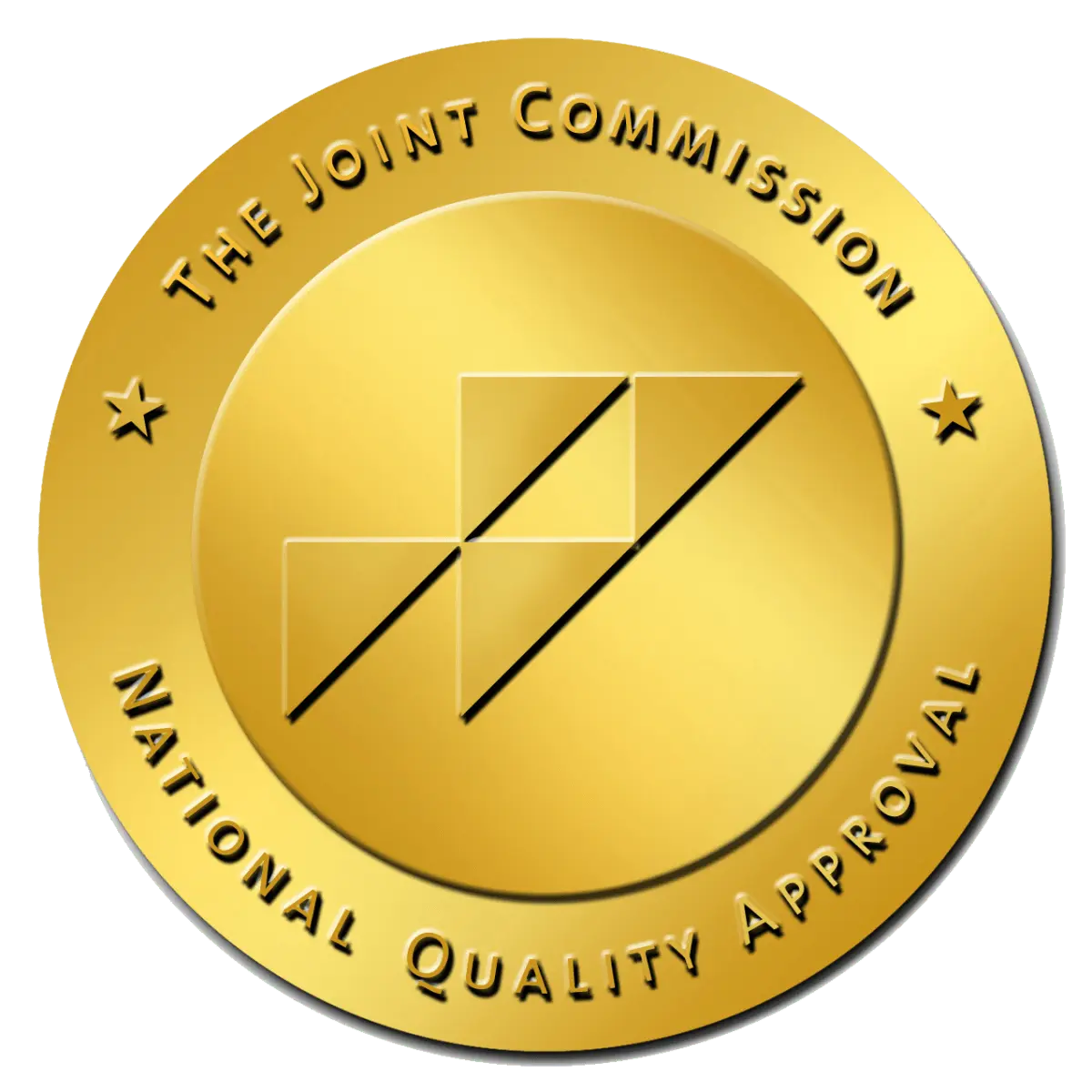Morphine vs Oxycodone: Differences, Similarities, and Addiction Risks
Written by: Michelle Beaupre, PhD, LCSW | Reviewed by: Christian Small, MD
Morphine and oxycodone are both powerful prescription opioids used to manage moderate to severe pain, but they differ in their composition, strength, and how they are administered. Morphine is a natural opiate, while oxycodone is a semi-synthetic opioid, chemically altered for enhanced pain relief. Oxycodone is generally considered more potent than morphine, meaning smaller doses may be required to achieve similar levels of pain relief, which can increase the risk of misuse. Additionally, oxycodone is available in extended-release forms, providing longer-lasting relief compared to morphine, which often requires more frequent dosing.
Despite these differences, both morphine and oxycodone work by binding to opioid receptors in the brain to block pain signals, making them highly effective for pain management. However, both carry a significant risk of addiction and misuse. The euphoria produced by these opioids can lead to psychological dependence, and long-term use may result in physical dependence and tolerance, requiring higher doses for the same effect. Due to these risks, it’s essential for individuals using either medication to do so under careful medical supervision and seek help through specialized programs, like oxycodone addiction rehab, if addiction becomes a concern.

What is Morphine?
Morphine is a widely used opioid that has been integral to pain management for centuries. Derived directly from the opium poppy, morphine is classified as a natural opiate. It is commonly used in medical settings, particularly for severe pain relief after surgery, during trauma care, and in palliative care for end-of-life pain management. Morphine works by binding to opioid receptors in the brain and spinal cord, blocking pain signals and altering how the body perceives pain.
Though morphine is highly effective in alleviating intense pain, it carries a significant risk of addiction. Along with pain relief, morphine can produce feelings of euphoria, which may lead to psychological dependence. Prolonged use or misuse can escalate into addiction, as users may seek out the euphoric effects more frequently, increasing the potential for misuse and developing a tolerance that requires higher doses to achieve the same pain relief. This makes careful monitoring by healthcare professionals essential when prescribing morphine.
What is Oxycodone?
Oxycodone is a semi-synthetic opioid, created by chemically modifying naturally occurring opiates to enhance its pain-relieving properties. It is commonly prescribed for managing moderate to severe pain, particularly in cases where patients need longer-term relief or have not responded well to other pain medications. Oxycodone is available in both immediate-release and extended-release forms, providing flexibility in dosing depending on the patient’s specific pain management needs. Immediate-release formulations offer quick relief, while extended-release versions are designed to provide longer-lasting pain control, often reducing the need for frequent dosing.
Despite its effectiveness in managing pain, oxycodone carries a high potential for addiction and misuse, similar to other opioids. The drug’s euphoric effects can lead to psychological dependence, especially when used over extended periods or at higher doses. Oxycodone’s addictive properties are concerning, as studies show that 21-29% of patients prescribed opioids for chronic pain misuse them, and prolonged use can escalate into opioid use disorder. Therefore, careful prescription management and close monitoring by healthcare providers are crucial to mitigate these risks.
Differences Between Morphine and Oxycodone
While both morphine and oxycodone are opioids, several important differences distinguish these medications:
- Chemical Composition: Morphine is a naturally occurring opiate, while oxycodone is a semi-synthetic opioid. This means oxycodone is chemically altered in a lab to enhance its pain-relieving properties, while morphine is closer to its natural form.
- Strength: Oxycodone is often considered more potent than morphine on a milligram-to-milligram basis. Patients typically require lower doses of oxycodone to achieve the same level of pain relief as morphine. However, this increased potency also makes oxycodone more likely to be misused.
- Administration: Both drugs can be taken orally in pill form, but morphine is also available for intravenous (IV) administration, particularly in hospital settings. Oxycodone is rarely used intravenously outside of specific medical procedures.
- Duration of Action: Oxycodone’s extended-release formulation provides longer-lasting pain relief, while morphine’s effects, especially in its immediate-release form, may require more frequent dosing.
- Side Effects: While both drugs have similar side effects—such as drowsiness, constipation, and nausea—patients may react differently to each. Morphine tends to cause more intense drowsiness, while oxycodone can induce a stronger sense of euphoria, which may increase its potential for misuse.
Similarities Between Morphine and Oxycodone
Despite the differences, morphine and oxycodone share several key characteristics that make them comparable:
- Mechanism of Action: Both drugs work by binding to opioid receptors in the central nervous system to block pain signals. This process also triggers the release of dopamine, which can contribute to feelings of euphoria and, eventually, addiction.
- Pain Relief: Both opioids are highly effective at managing moderate to severe pain, especially for individuals recovering from surgery or dealing with chronic pain conditions.
- Addiction Risk: Both morphine and oxycodone carry a significant risk of addiction. Prolonged use, especially at high doses, can lead to physical dependence and opioid use disorder. More than 10 million Americans misused prescription opioids in 2019 alone, highlighting the widespread risk associated with these drugs.
- Withdrawal Symptoms: When individuals stop taking either drug, they may experience intense withdrawal symptoms, including anxiety, sweating, nausea, muscle pain, and cravings. These symptoms make it difficult for individuals to quit without professional help.
Addiction Risks Associated with Morphine and Oxycodone
The misuse of morphine and oxycodone can quickly spiral into a dangerous cycle of addiction. Both drugs have a high potential for abuse, primarily because they alter the brain’s reward system by releasing excessive amounts of dopamine. Over time, individuals may require higher doses to achieve the same effects, leading to a dangerous pattern of use.
Physical Dependence and Tolerance
As the body becomes accustomed to opioids, individuals may develop a tolerance, requiring higher doses to achieve the same level of pain relief. This tolerance can make it easier for individuals to misuse their medications, especially if they start taking more than prescribed.
Psychological Addiction
The euphoric effects of both morphine and oxycodone can also lead to psychological dependence. Patients may begin using the drugs not only to relieve pain but also to experience feelings of relaxation or well-being, which can quickly lead to addiction.
In fact, the National Institute on Drug Abuse (NIDA) reports that 80% of people who use heroin first misused prescription opioids, demonstrating the gateway effect these drugs can have when misused.

Treatment Options for Opioid Addiction
If you or someone you love is struggling with an addiction to morphine or oxycodone, it’s important to seek help immediately. Addiction is a complex disease, but with the right support and treatment plan, recovery is possible.
At Villa Oasis, we offer a range of treatment options for opioid addiction, including:
- Detox Programs: Medical detoxification is often the first step in the recovery process. Detox helps individuals safely withdraw from opioids while minimizing withdrawal symptoms under the supervision of medical professionals.
- Residential Treatment: Our residential treatment program provides a structured and supportive environment where individuals can focus entirely on their recovery without the distractions of everyday life.
- Outpatient Programs: For those who require more flexibility, our outpatient programs allow individuals to receive treatment while maintaining their daily responsibilities.
- Sober Living: For individuals transitioning out of residential care, our sober living facilities provide a drug-free environment where they can continue to receive support as they reintegrate into everyday life.
If oxycodone misuse is a concern, we also offer specialized oxycodone addiction rehab programs designed to address the unique challenges of opioid addiction.
Morphine and oxycodone are powerful opioids that provide essential pain relief for those suffering from moderate to severe pain. However, the risk of addiction cannot be ignored. Understanding the differences and similarities between morphine versus oxycodone can help individuals make informed decisions about their pain management options while remaining mindful of the addiction risks.
If you or someone you know is struggling with opioid addiction, Villa Oasis is here to help. Our comprehensive treatment programs provide the support, resources, and care needed for long-term recovery. Contact us today to learn more about our programs, including specialized treatment options for Dilaudid vs. Oxycodone addiction.

